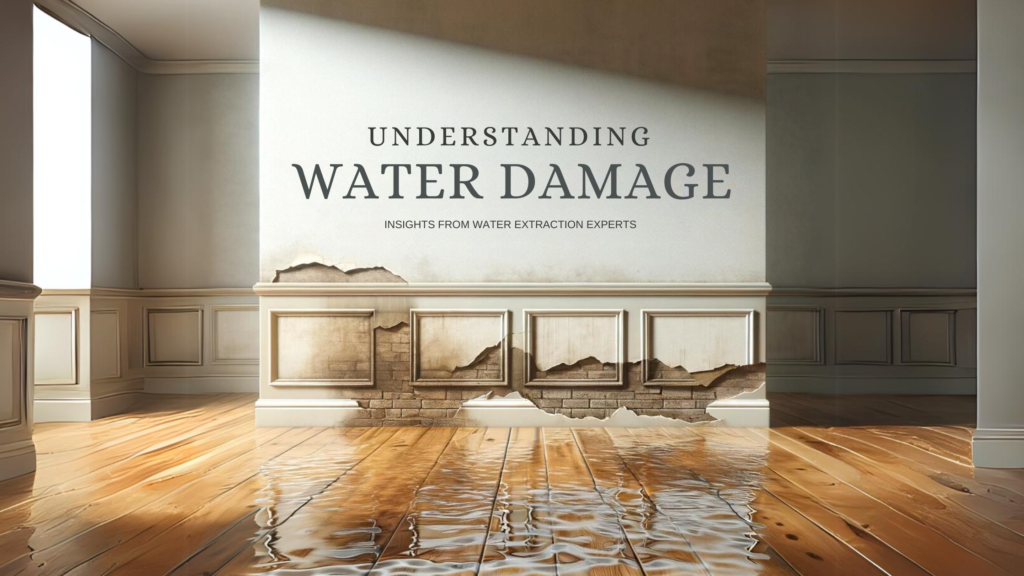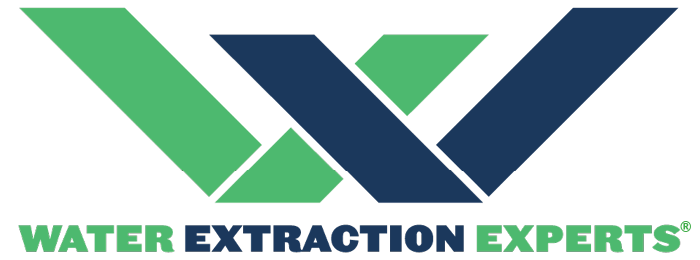
Understanding Water Damage: Insights from Water Extraction Experts
Water damage can be a homeowner’s worst nightmare. From a simple leak to a major flood, the extent of damage can vary greatly. As Water Extraction Experts, we adhere to the standards set forth by the Institute of Inspection, Cleaning and Restoration Certification (IICRC) S500, which is a critical guideline for professional water damage restoration. In this blog post, we’ll dive into the basics of understanding water damage, particularly focusing on the different categories and classes as defined by the IICRC S500.
The IICRC S500 Standard
First, it’s essential to understand what the IICRC S500 is. This standard provides a specific set of practical standards for water damage restoration. It’s a comprehensive guide that outlines the best practices for the industry, ensuring that all restoration efforts are effective, safe, and efficient.
Categories of Water Damage
The IICRC S500 classifies water damage into three main categories based on the source and level of contamination:
Category 1: Clean Water
This category involves water that originates from a sanitary source and poses no substantial risk from dermal, ingestion, or inhalation exposure. Examples include water from broken water supply lines, tub or sink overflows with no contaminants, or appliance malfunctions involving water-supply lines.
Category 2: Grey Water
Grey water contains significant contamination and has the potential to cause discomfort or sickness if contacted or consumed by humans. It carries microorganisms and nutrients for microorganisms. Sources can include washing machine overflow, toilet overflow, or dishwasher overflow.
Category 3: Black Water
This is the most dangerous as it contains unsanitary agents, harmful bacteria and fungi, causing severe discomfort or sickness. Black water includes sewer backup, flooding from rivers or streams, toilet overflow with feces, and stagnant liquid that has begun to support bacterial growth.
Classes of Water Damage
In addition to categories, the IICRC S500 also defines four classes of water damage based on the potential rate of evaporation and the materials affected:
Class 1: Slow Rate of Evaporation
This class involves a small area where materials have absorbed minimal moisture. It’s the least severe and easiest to deal with.
Class 2: Fast Rate of Evaporation
Here, the entire room or area is affected, and the water has been absorbed into carpets and soft materials.
Class 3: Fastest Rate of Evaporation
Water comes from overhead, affecting ceilings, walls, insulation, carpet, cushion, and sub-floor. The saturation is deep and requires more significant intervention.
Class 4: Specialty Drying Situations
This class involves materials with low permeance/porosity (hardwood, plaster, brick, concrete, stone). It requires longer drying times and special drying methods.
Why Understanding These Categories and Classes Matters
Understanding the categories and classes of water damage is crucial for effective restoration. Each type requires a unique approach in terms of the drying process, decontamination, and restoration. As Water Extraction Experts, we tailor our approach based on these standards to ensure we address the water damage thoroughly and safely.
Water damage can be complex, but knowledge of the IICRC S500 standards helps in effective management and restoration. Whether you’re a homeowner dealing with a water issue or a professional in the field, understanding these categories and classes is essential for effective resolution. Remember, when in doubt, always consult with a certified water damage restoration expert to ensure your property is treated correctly and safely.
Water Extraction Experts
Emergency 24/7 Water Damage Restoration
Call: 505-250-6500
Serving Albuquerque, Rio Rancho, East Mountain, and Surrounding Areas
The Experts That Care!
